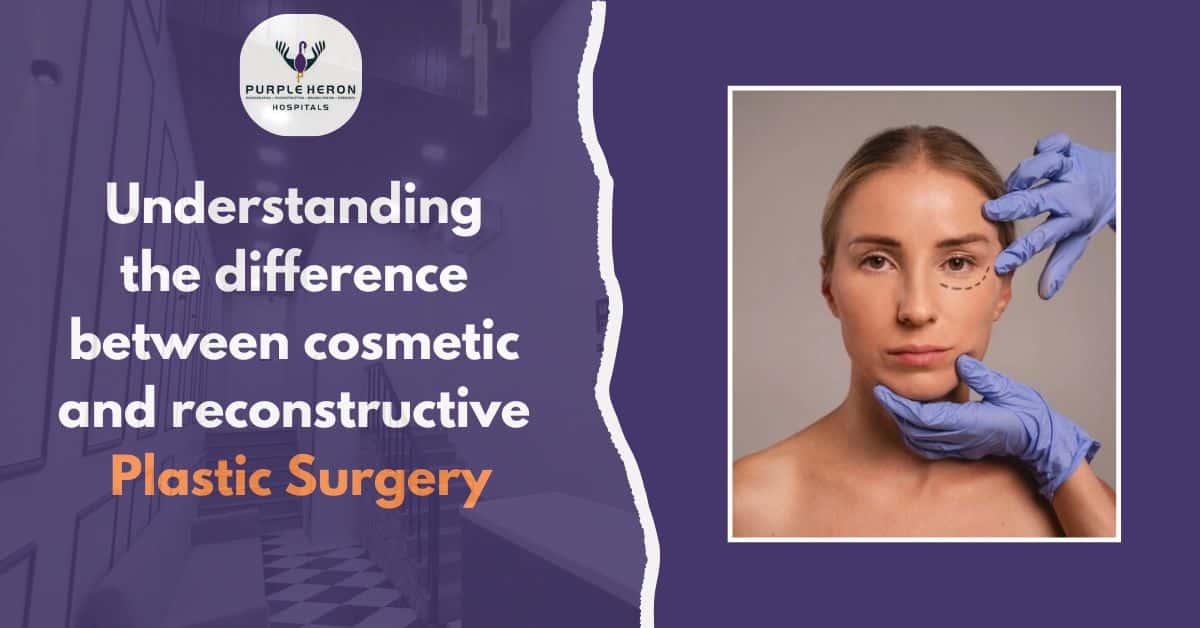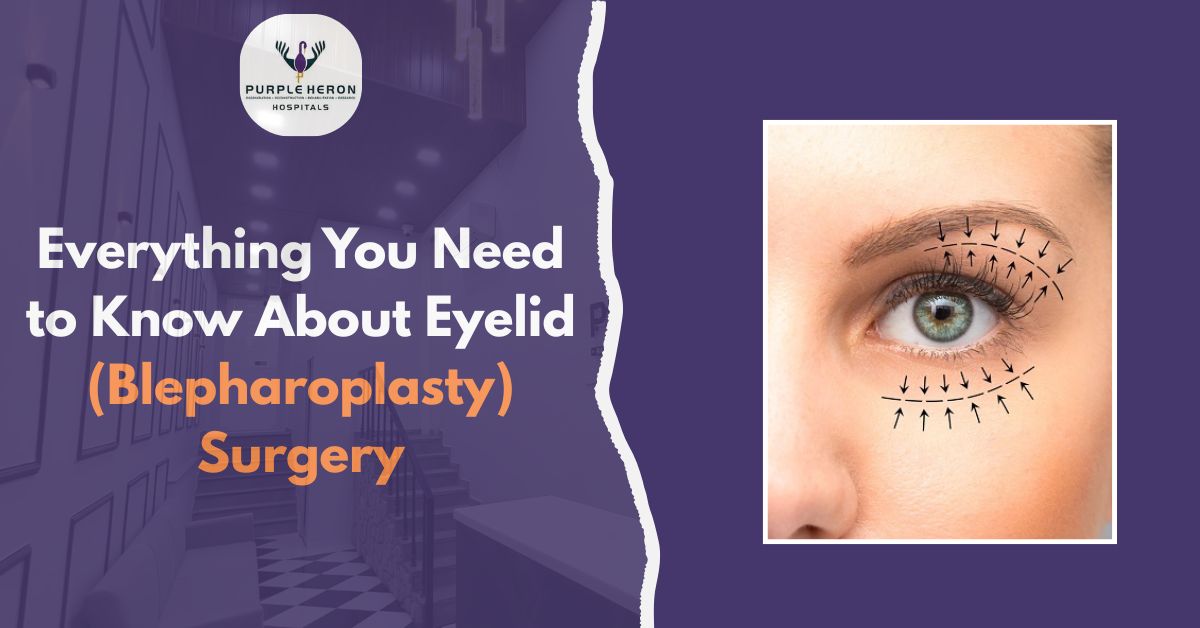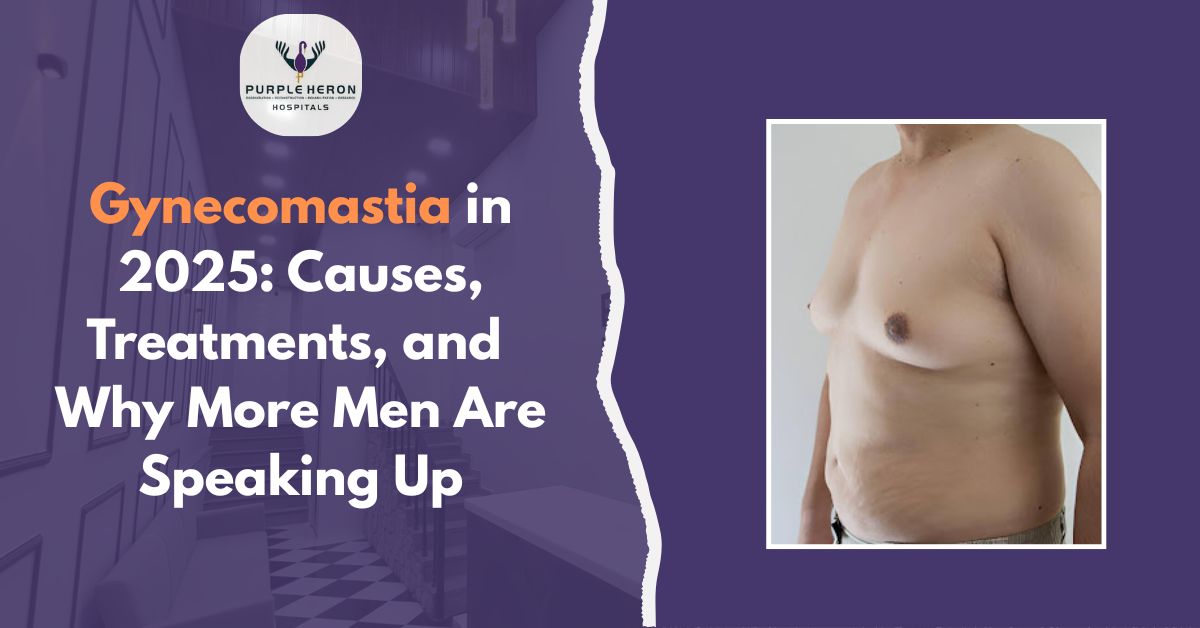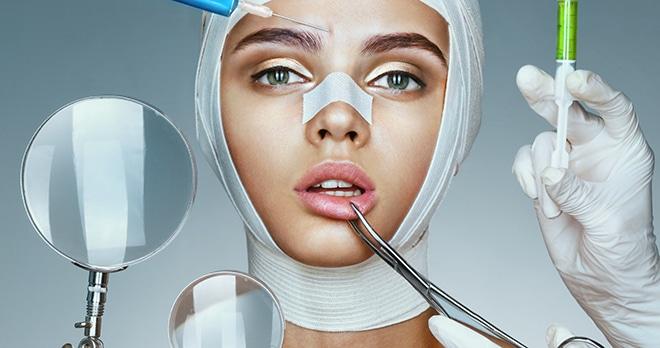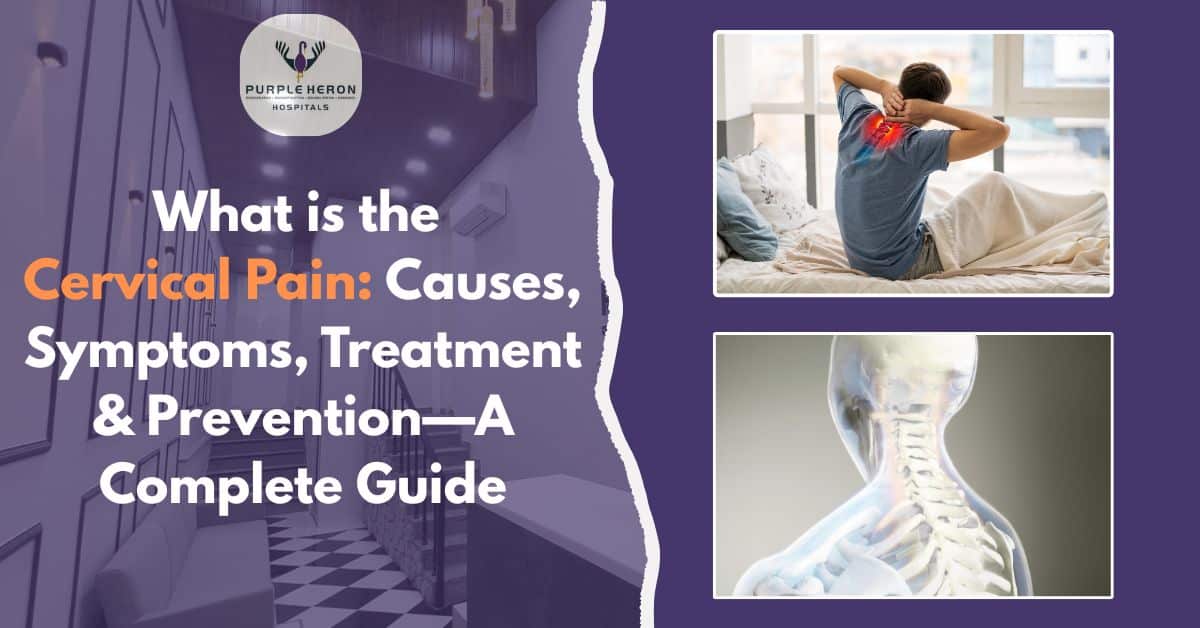Knee pain has become a common but serious problem in today’s run-of-the-mill life. It is not limited to the elderly but is also growing rapidly among the youth, players, and working people. Constant knee pain can spoil your routine, create difficulty in walking, and have a profound effect on the quality of life. In a rapidly developing city like Jaipur, where lifestyle problems are increasing, there is a need for modern and effective treatment of knee pain. At Purple Heron Hospital, Dr. Ayushi Choudhary is relieving patients from knee pain without surgery with her expertise and modern techniques.
The main cause of knee pain
Knee pain can occur due to different reasons. In the elderly, this is often caused by osteoarthritis, in which the cartilage that protects the knee bones gradually begins to rub. This problem in youth and players comes up due to injuries, ligaments, or meniscus problems during sports. Obesity is also a major reason, as increased weight constantly puts pressure on the knees and increases pain. Sometimes this pain can also occur from rheumatoid arthritis, poor posture, or the wrong condition of joints. Whatever the reason, if it is ignored on time, the situation can be serious, and a person may be unable to move.
Accurate investigation at Purple Heron Hospital
Dr. Ayushi believes that the correct treatment always begins with an accurate examination. For this reason, the most modern techniques are used in Purple Heron Hospital. The knee joint is closely observed through digital X-rays, MRI, and musculoskeletal ultrasound (MSK USG). In addition, by analyzing the gait of the patient’s way of walking, it is understood that the disturbance of the move is not a cause of pain. Only after this intensive examination is every patient given personal treatment according to his condition.
Treatment without surgery—Dr. Ayushi’s specialty
Often patients feel that surgery is the last option when knee pain increases. But surgery is considered the last option at Purple Heron Hospital. Here patients are given treatment without surgery, which is not only safe but also proves to be effective for a long time.
Ultrasound-guided injection
In this technique, injections such as PRAP (PLATELET RICH PLASMA), hyaluronic acid, or corticosteroids are directly planted on the affected area. It reduces inflammation, gives lubrication to the joint, and promotes the healing of the tissue. Its effect is seen quickly and helps the patient to live a normal routine again.
Regional medicine
The specialty of Dr. Ayushi is regional therapy. Techniques like PRP and stem cells are used in it. They activate the body’s natural capacity and repair damaged cartilage and ligaments. This therapy is extremely effective in early osteoarthritis or sports injuries and avoids the need for surgery.
Radiofrequency ablation (RFA)
For those patients who have long-term pain in their knees and surgery is not possible, RFA technology is very useful. In this, the veins that cause pain are controlled so that the signals of pain do not reach the brain. This provides a long rest to the patient.
Botox therapy
In many cases where knee tightness occurs due to muscle imbalance or neurological reasons, Dr. Ayushi uses Botox injections there. It relaxes the muscles and improves the knee movement.
Physiotherapy and rehabilitation
An important part of the treatment is physiotherapy and rehabilitation. Different exercise programs are made for every patient so that the muscles are strong and the pressure on the knees is reduced. Robotic-assisted rehabilitation technology is also used here, which increases recovery.
Overall and modern approach
Treatment of knee pain in Purple Heron Hospital is not just limited to medicines or injections. Dr. Ayushi also guides patients about lifestyle changes. Right eating, losing weight, improving posture, and using a supportive knee brace reduce the pressure on the knees. Counseling and mental cooperation are also available for patients suffering from long-term pain so that their confidence is increased and they can become fast.
Dr. Ayushi Choudhary—A trusted name
Dr. Ayushi Choudhary has become the most trusted name for knee pain not only in Jaipur but in the whole of Rajasthan. He is an expert in pain medicine and musculoskeletal rehabilitation. He has been awarded the Portugal President’s Cabinet Award 2022, which is given globally to select doctors. His research and works have made Purple Heron Hospital the center of healthcare innovation in Rajasthan.
Treatment is necessary at the right time
If you are struggling with knee pain, do not ignore it. The sooner the treatment starts, the sooner the chances of getting rest without surgery will increase. Every treatment in Purple Heron Hospital is not only for immediate relief but also for a long time to protect the joints.
Today many hospitals in Jaipur claim knee treatment, but Purple Heron Hospital has created a distinct identity with a patient-centric and modern approach. Dr. Ayushi Choudhary’s expertise, latest technology, and compassionate approach have made him the first choice of knee pain patients.
Outcome
If knee pain is getting in the way of your life, do not wait now. Come to Purple Heron Hospital, consult Dr. Ayushi Choudhary, and move towards a pain-free, confident life.
📞 Call for appointment: 90-90-75-75-85





